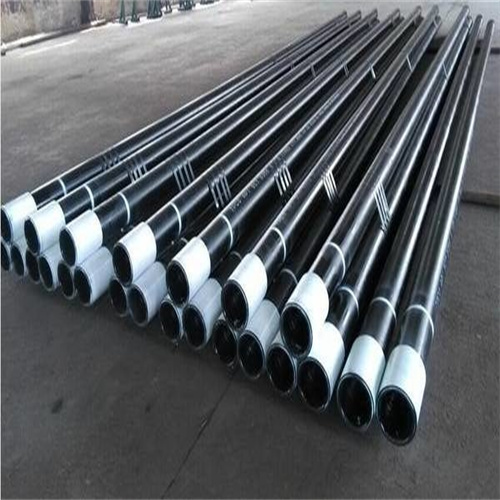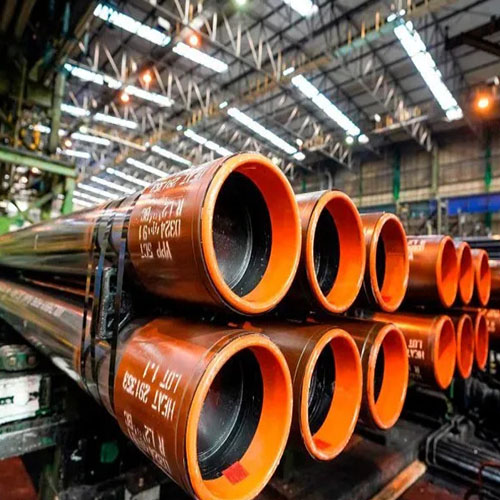Table of Contents
تأثير صناعة النفط والغاز على أنظمة النقل العالمية
تلعب صناعة النفط والغاز دورًا حاسمًا في تشكيل أنظمة النقل العالمية. من تشغيل المركبات إلى إنتاج المواد اللازمة للبنية التحتية، يعد النفط والغاز من المكونات الأساسية لوسائل النقل الحديثة. في هذه المقالة، سوف نستكشف وسائل النقل المختلفة التي تعتمد على النفط والغاز، وندرس تأثير الصناعة على قطاع النقل العالمي.
الاتجاهات المستقبلية في تأثير صناعة النفط والغاز على وسائل النقل

تتمتع المركبات ذاتية القيادة بالقدرة على تقليل الازدحام المروري، وتحسين كفاءة استهلاك الوقود، وخفض تكاليف النقل. ويمكن أن يكون لها أيضًا تأثير كبير على صناعة النفط والغاز، لأنها قد تتطلب أنواعًا مختلفة من الوقود أو مصادر الطاقة مقارنة بالمركبات التقليدية. مع تزايد انتشار المركبات ذاتية القيادة، ستحتاج الصناعة إلى التكيف لتلبية المتطلبات المتغيرة لوسيلة النقل الجديدة هذه.
بالإضافة إلى المركبات الكهربائية والمركبات ذاتية القيادة، هناك اتجاه آخر يؤثر على وسائط النقل وهو تطوير السكك الحديدية عالية السرعة الشبكات. وقد أنشأت دول مثل الصين واليابان وفرنسا بالفعل أنظمة واسعة النطاق للسكك الحديدية عالية السرعة والتي توفر بديلاً سريعًا وفعالًا وصديقًا للبيئة للسفر الجوي. لا تعمل هذه الشبكات على تقليل انبعاثات الغازات الدفيئة فحسب، بل تعمل أيضًا على تخفيف الازدحام على الطرق والمطارات.
مع استمرار توسع السكك الحديدية عالية السرعة عالميًا، من المرجح أن ينخفض الطلب على النفط والغاز في قطاع النقل. يعد هذا التحول نحو وسائل نقل أكثر استدامة تطورًا إيجابيًا للبيئة والصحة العامة، ولكنه يمثل أيضًا تحديات أمام صناعة النفط والغاز. ستحتاج الشركات إلى الابتكار وتنويع عروضها لتظل قادرة على المنافسة في السوق المتغيرة.
بشكل عام، يتم تشكيل مستقبل وسائل النقل من خلال مجموعة متنوعة من الاتجاهات في صناعة النفط والغاز. من السيارات الكهربائية إلى السيارات ذاتية القيادة إلى السكك الحديدية عالية السرعة، هناك العديد من الخيارات الناشئة التي توفر طرقًا أنظف وأكثر كفاءة واستدامة للتنقل. ومع استمرار تطور هذه الاتجاهات، ستحتاج الصناعة إلى التكيف والابتكار لتلبية المتطلبات المتغيرة للمستهلكين والجهات التنظيمية. ومن خلال تبني التقنيات الجديدة والاستثمار في مصادر الطاقة المتجددة، يمكن لصناعة النفط والغاز الاستمرار في لعب دور حيوي في تشكيل مستقبل النقل.
The oil and gas industry has long been a major player in shaping the modes of transportation that we rely on every day. From fueling cars and trucks to powering airplanes and ships, oil and gas have been essential in keeping the world moving. However, as we look towards the future, there are several trends emerging that will continue to influence how we get from point A to point B.
One of the most significant trends in the oil and gas industry’s influence on transportation modes is the shift towards cleaner and more sustainable options. With growing concerns about climate change and air pollution, there is a growing demand for alternative fuels that produce fewer emissions. This has led to the development of electric vehicles, biofuels, and Other Renewable Energy sources that are gradually replacing traditional gasoline and diesel-powered vehicles.
Electric vehicles, in particular, have seen a surge in popularity in recent years as advancements in battery technology have made them more practical and affordable. Companies like Tesla have led the way in producing Electric Cars that can travel long distances on a single charge, making them a viable option for everyday use. As more electric vehicles hit the road, the demand for oil and gas as a transportation fuel is expected to decline, leading to a shift in the industry’s focus towards cleaner alternatives.
Another trend that is shaping the future of transportation modes is the rise of autonomous vehicles. Self-driving cars and trucks have the potential to revolutionize the way we travel, offering increased Safety, efficiency, and convenience. Companies like Google, Uber, and Tesla are investing heavily in autonomous vehicle technology, with the goal of making it a mainstream option in the coming years.
Autonomous vehicles have the potential to reduce traffic congestion, improve fuel efficiency, and lower transportation costs. They could also have a significant impact on the oil and gas industry, as they may require different types of fuel or energy sources than traditional vehicles. As autonomous vehicles become more widespread, the industry will need to adapt to meet the changing demands of this new mode of transportation.
In addition to electric and autonomous vehicles, another trend that is influencing transportation modes is the development of high-speed rail networks. Countries like China, Japan, and France have already established extensive high-speed rail systems that offer a fast, efficient, and environmentally friendly alternative to air travel. These networks are not only reducing greenhouse gas emissions but also easing congestion on roads and in airports.
As high-speed rail continues to expand globally, the demand for oil and gas in the transportation sector is likely to decrease. This shift towards more sustainable modes of transportation is a positive development for the Environment and public health, but it also presents challenges for the oil and gas industry. Companies will need to innovate and diversify their offerings to remain competitive in a changing market.

Overall, the future of transportation modes is being shaped by a variety of trends in the oil and gas industry. From electric vehicles to autonomous cars to high-speed rail, there are numerous options emerging that offer cleaner, more efficient, and more sustainable ways to get around. As these trends continue to evolve, the industry will need to adapt and innovate to meet the changing demands of consumers and regulators. By embracing new technologies and investing in renewable energy sources, the oil and gas industry can continue to play a vital role in shaping the future of transportation.
